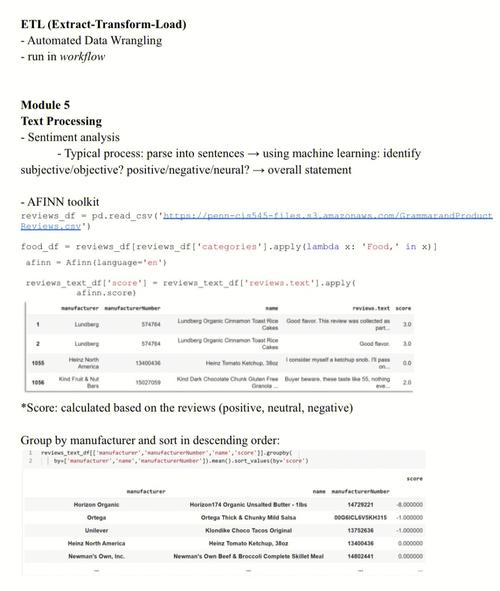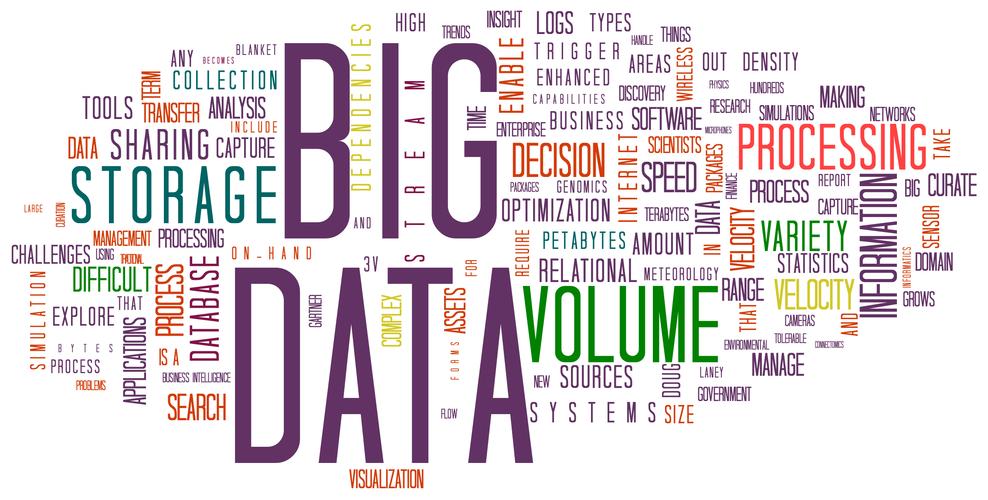Big Data for Engineers: A Comprehensive Guide
As an engineer, you’ve likely heard the term “big data” thrown around in various contexts. But what exactly is big data, and how can it benefit you in your professional life? This article delves into the multifaceted world of big data, providing you with a detailed and practical understanding of its applications, tools, and challenges.
Understanding Big Data
Big data refers to the vast amount of data that is generated from various sources, such as social media, sensors, and online transactions. This data is characterized by its volume, velocity, and variety, making it challenging to process and analyze using traditional data processing applications.

Volume: Big data is massive, with terabytes or even petabytes of data being generated daily. This sheer volume requires specialized tools and techniques to manage and process.
Velocity: The speed at which data is generated and needs to be processed is also a significant challenge. Real-time analytics and streaming data processing are essential to keep up with the rapid pace of data generation.
Variety: Big data comes in various formats, including structured, semi-structured, and unstructured data. This diversity requires flexible and adaptable tools to handle different types of data.
Applications of Big Data in Engineering
Big data has numerous applications across various engineering disciplines. Here are some examples:

| Engineering Discipline | Application |
|---|---|
| Manufacturing | Predictive maintenance, supply chain optimization, and quality control |
| Energy | Smart grid management, renewable energy forecasting, and energy consumption analysis |
| Transportation | Traffic flow analysis, public transportation optimization, and autonomous vehicle development |
| Healthcare | Patient data analysis, disease prediction, and personalized medicine |
Tools and Technologies for Big Data
Several tools and technologies have emerged to help engineers harness the power of big data. Here are some of the most popular ones:
- Hadoop: An open-source framework for distributed storage and processing of big data.
- Spark: A fast and general-purpose cluster computing system that provides an interface for programming entire applications.
- Apache Kafka: A distributed streaming platform that can handle high-throughput data streams.
- Apache HBase: A non-relational database modeled after Google’s Bigtable and is designed to provide random, real-time read/write access to large datasets.
Challenges and Best Practices
While big data offers numerous benefits, it also comes with its own set of challenges. Here are some common challenges and best practices to overcome them:
- Data Quality: Ensure that the data you’re working with is accurate, complete, and consistent. Use data cleaning and preprocessing techniques to improve data quality.
- Security and Privacy: Be mindful of the sensitive nature of the data you’re handling. Implement robust security measures to protect data from unauthorized access.
- Scalability: Choose scalable solutions that can handle the growth of your data over time.
- Collaboration: Work with domain experts and data scientists to gain insights from the data and make informed decisions.
Conclusion
Big data is a powerful tool that can help engineers solve complex problems and drive innovation. By understanding the basics of big data, its applications, and the tools available, you can leverage its potential to enhance your engineering projects and career.



